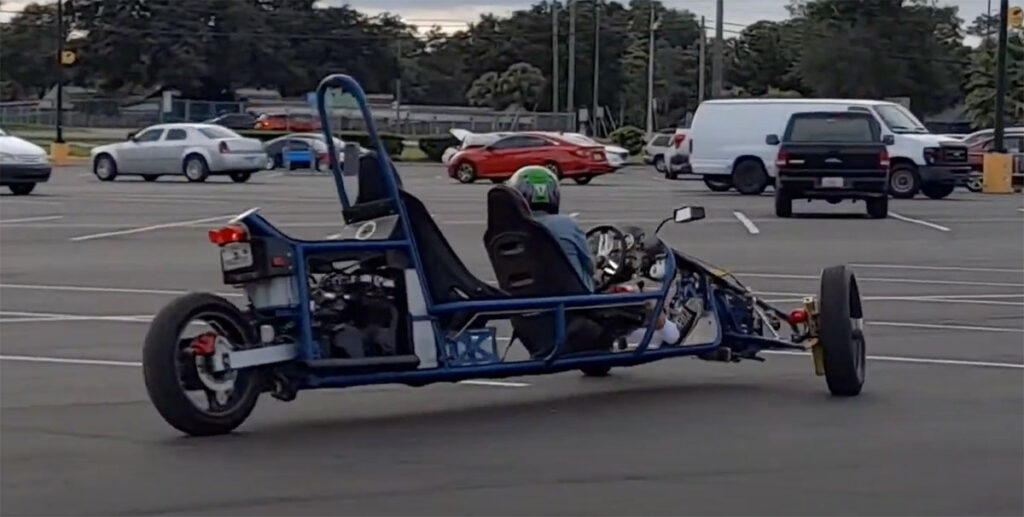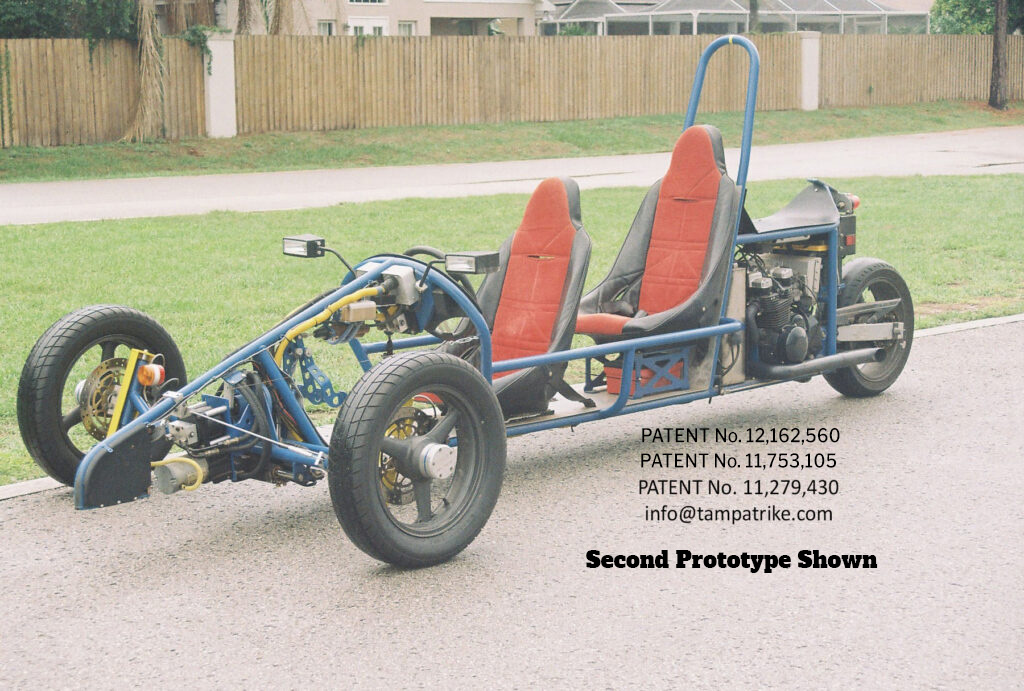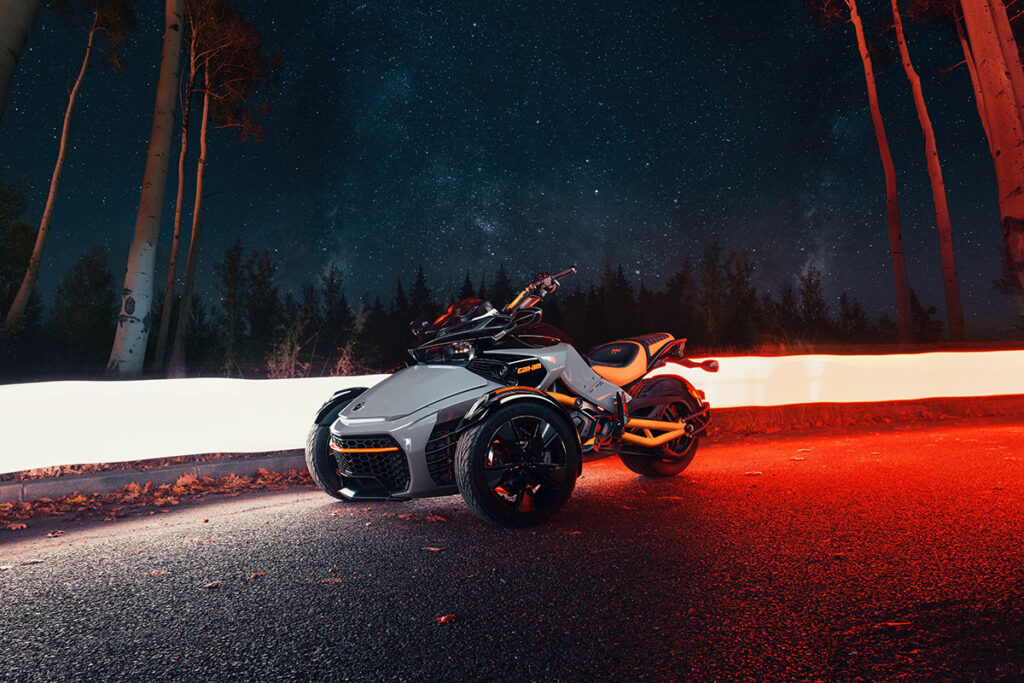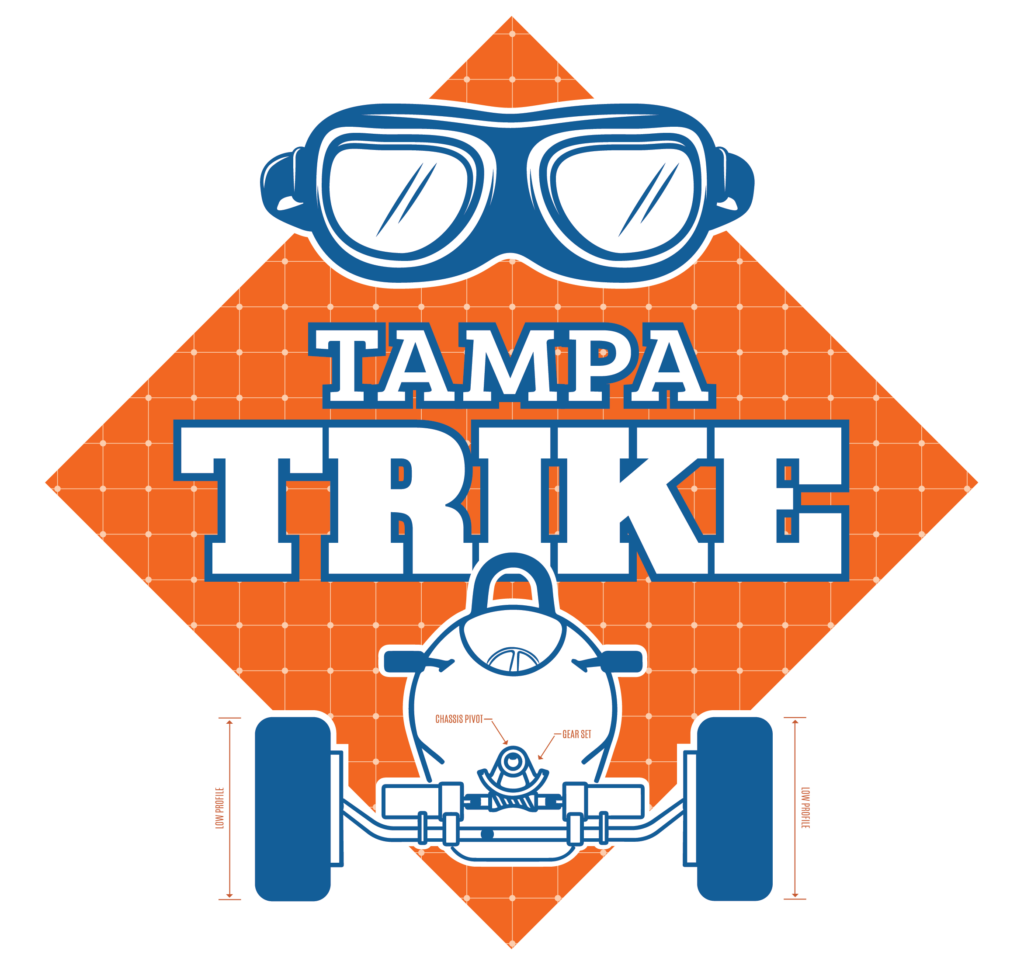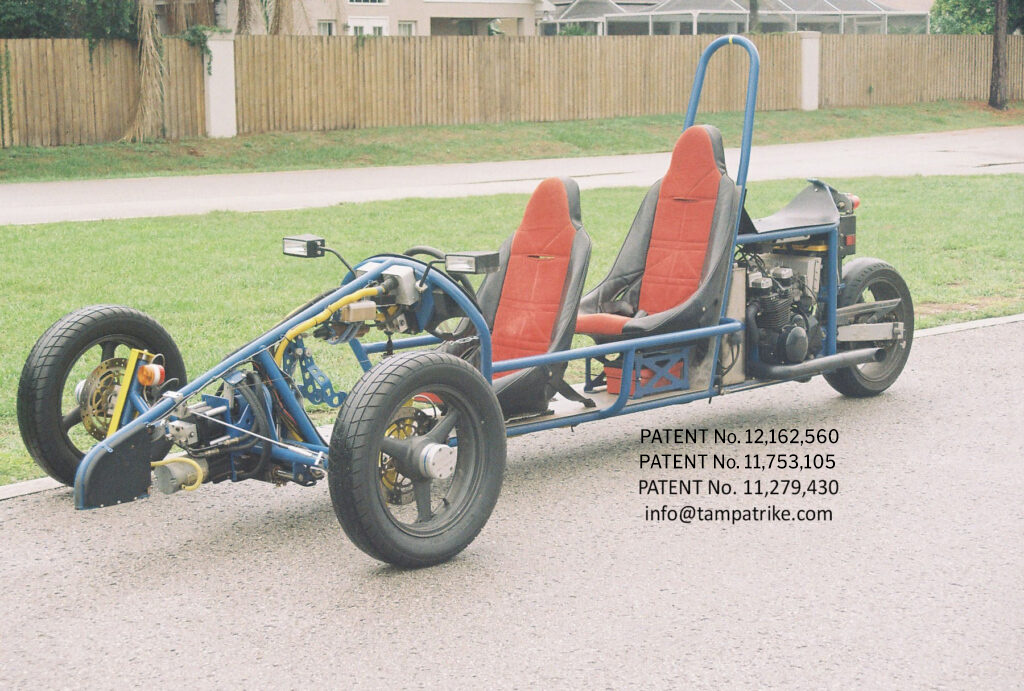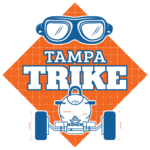How about we quit tearing stuff up and build something fun. Could be like a contest, maybe something suitable for the Isle of Mann. Down hill coasters would be fun too. Anything to improve humanity as opposed to annihilating it, as many people are more than happy to do these days.
It has been reported that the income of 96% of the people in the U.S. is less than $21,000 per year and the living wage is $58,000 per year. It has also been reported that nearly 50% of the people world wide, do not have access to clean water. For these things alone, we should be ashamed of ourselves. Good news is that the solutions are all around us. First, we outlaw greed and lying worldwide. This must be done to rebuild trust. Second, everyone would be required to take part in making things to improve humanity. Local sourced energy to power well water pumps, small and efficient transportation vehicles barely big enough for the task at hand, would be a good start. I have worked hard all of my life learning how to build things so I know the second part is easy to do. As for the first thing, I do not know how this should be done, but it is blatantly obvious the financials need to be re-leveled.
So we are presenting what our focus has been on for many years. Since I was a kid, I have wanted a vehicle that drives like a car but functions like a sport bike. Never thought about how long the project would take to accomplish. After 12,000 miles of testing and tweaking, I have developed an understanding of the functionality. The patent text, drawings and the website, https://tampatrike.com provide all the layout data for this design. We are providing two new photos with reference points. Different people understand things in different ways. We have tried to accommodate.
Photo Reference Points and Description
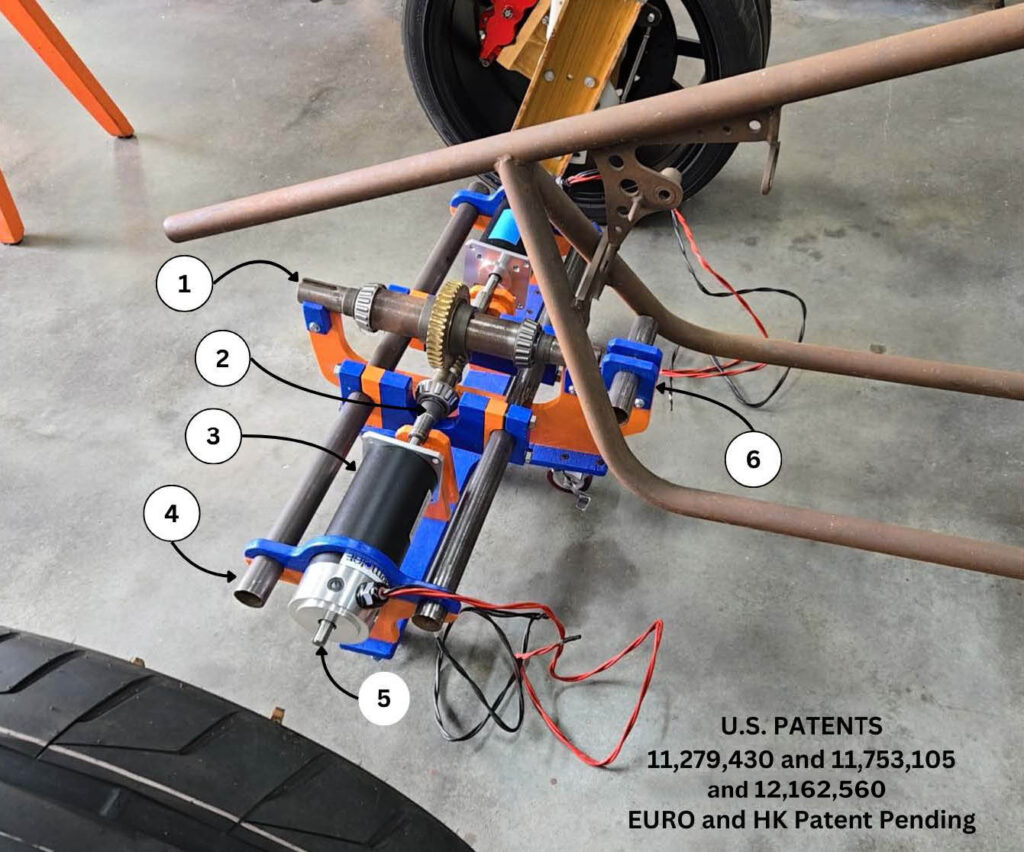
- Actuator Output / Chassis Pivot Shaft
- The rotation of this shaft provides the sport bike functionally.
- Actuator Dual Input Shaft
- This shaft rotates the output shaft.
- Two Electric Motors Mounted Opposed
- These motors control the chassis lean and provide symmetry.
- Front Beam Tubing
- At the end of the two tubes, the bend radius starts, heading to the shock tubes.
- Motor Auxiliary Shafts
- One for manual rotation, second drives a diaphragm oil pump for bearing lubrication.
- Clamshell Bracket
- Keyed connection for the pivot to the chassis.

- Beam Tubes Stiffener
- This ties the beam tubes and motor together as a beam stiffener.
- Adaptor Yokes
- Mounting feature for the beam tubes to the actuator.
- Adaptor Yokes
- Adjustable suspension caster with different yoke sets. +/- 5 Deg.
- Dolly locates Chassis Pivot Angle
- This angle controls the under/oversteer conditions, and is symmetrical.
- Indicates Actuator Casting Position
- Yokes mount to this casting.
- Upright Shock Tube Channel
- Dual shock mounting and spindle mounting.
- Caliper and Steering Bracket Mount
- Adjustable steering caster pivot mount.
We hope these photos provide a different perspective of this patented design. We feel a reasonable level of efficiency has been achieved. Taking a corner feels like you are climbing straight up a hill. Higher corner speed is just a steeper hill. It is the most fun you can have with your clothes on, or off.


